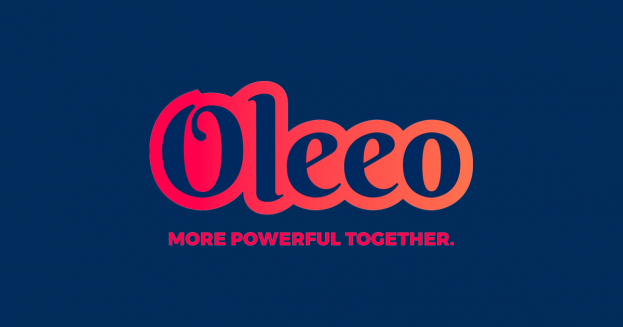Businesses employing up to 250 people are losing 14% of their staff each year, only to see 39% of their new employees leave within six months. This amounts to small to medium enterprises wasting an average of £125,347 a year on failed recruitment.
In our ‘See the Unseen’ research report, Oleeo examined the myriad of challenges HR teams are battling with in a bid to find people who are right for both their roles and organisations. These result in considerable, and often unseen, costs that need to be understood and addressed. It is easy to see why, as 47% expect to lose over a tenth of their workforce in any given year and we calculated that, on average, the companies studied lose 14% of staff within a typical 12-month period.
However, for some, it’s a more significant issue than this, with 13% stating that they expect to lose 30% or more of employees each year, and a further 8% predicting they will lose between 30-40%. Indeed, just 3% of recruiters predict they will lose no staff members in a typical year. Whilst some staff turnover is to be expected, especially in sizable businesses, these figures signify how disruptive staff turnover potentially is, and how difficult many companies find it to hire the right person for role.
With the race for talent intensifying, HR professionals are understandably feeling pressure to increase velocity and win the hearts and minds of qualified candidates sooner. That means pouring more time and energy into recruitment initiatives and the learning & development that follows.
Whether it’s time delays, poor communication with applicants, or a bad online user experience, graduate recruiters and employers risk losing qualified candidates. As candidates are left in the dark, they consider other offers. Remember, these applicants are constantly online and expect interactions and information. In the absence of communication throughout the hiring process, they’ll seek it out with other employers. Losing out on a qualified recruit could mean months, if not years, of work have gone to waste and the search for other qualified candidates must start over — but now with a picked-over talent pool.
Evidently, candidates and employees now expect recruitment processes to be smooth, frictionless and seamless, always personalised and built on authenticity. If you start the engaging process very early, you will find it easier to realise efficiencies in your talent acquisition success. But with resourcing stretched so thinly, this can feel harder than the reality is.
The fact is that not understanding career aspiration, and then not meeting expectation, is where the process is falling down for all the horror stories of businesses not achieving retention rates from their talent pools and actually, building a future leader pool is what the whole concept of any recruiting is meant to be all about. For all the success stories about CEOs having started from scratch, the same feels unlikely in the modern age.
Winning the hearts and minds of a future leader has to start immediately. A poor and inefficient recruiting process risks affecting candidate quality. More importantly for recruiters, getting it wrong leads to extended administration time and duplication of effort, not to mention mistakes, including good candidates getting missed. This process stretches all the way to the onboarding stage to complete the hiring cycle and get a candidate prepped to be an employee.
This is especially important with new generations! Millennials, and in some countries Generation Z, are shaping up to be the largest workforce ever and the largest living generations. Millions of them have already joined the workforce and, currently, they make up an astonishing 36% of it. By the year 2025, three out of four workers will be millennials.
The recruiting and hiring process is now one that doesn’t stop when a candidate is offered a job - it’s a fluid process that’s undefined, meaning recruiters must create opportunities for candidate conversation, curiosity and research long before a job opening becomes available where they fit the bill.
The only way of seizing the mantle to ease these pains is to focus on better candidate engagement in a digital era that demands continuous interaction. Recruitment Marketing is the new norm. Providing relevant content at key moments of candidate receptivity can help to build trust. It also demonstrates an understanding of candidate needs via personalisation. This can be achieved by amplifying existing marketing content with contextual placements. For example, you can maximise existing career site real estate in a cost-effective way.
Essentially, by alleviating the administrative burdens of recruiters, you are better able to personalise processes and interact more frequently with highly sought after and qualified candidates in warm, authentic and meaningful ways such as including others involved in the recruiting process and updating candidates on the status of their application or sharing results from an assessment.








